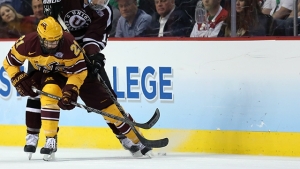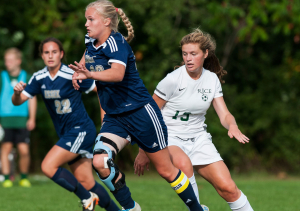The Biceps Femoris Muscle Complex at the Knee
AJSM 1996
We dissected 30 cadaveric knees to provide a detailed anatomic description of the biceps femoris muscle complex at the knee. The main components of the long head of the muscle are a reflected arm, a direct arm, an anterior arm, and a lateral and an anterior aponeurosis.


